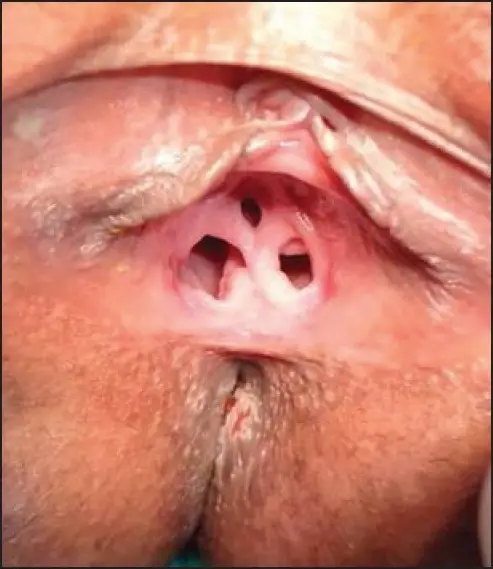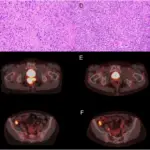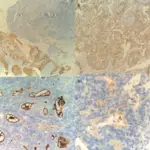Developmental anomalies of the vagina are those diseased conditions associated with vagina which are present at the conception time. These include vaginal agenesis, obstruction, duplication, and fusion.
What is the Pathology of Vaginal Developmental Anomalies?
The pathology of vaginal developmental anomalies is:
-Etiology: The cause of vaginal developmental anomalies is gene defects, using certain drugs during pregnancy.
-Genes involved: None.
-Pathogenesis: The sequence of events that lead to vaginal developmental anomalies are when the normal developmental pattern is disturbed it causes fusion defects which ultimately causes malformations from duplication of vagina to gynatresias or atresia.
-Morphology: The morphology associated with vaginal developmental anomalies shows either longitudinal nonobstructing vaginal septum, longitudinal obstructing vaginal septum, transverse vaginal septum and/or imperforate hymen or vaginal aplasia.
How does Vaginal Developmental Anomalies Present?
Patients with vaginal developmental anomalies typically females at birth or during infancy. The symptoms, features, and clinical findings associated with vaginal developmental anomalies include: vaginal obstruction, failure to have periods, abdominal pain, pelvic mass, difficulty during intercourse.
How is Vaginal Developmental Anomalies Diagnosed?
Vaginal developmental anomalies is diagnosed by: pelvic examination by gynecologist, pelvic ultrasound, MRI, vaginoscopy
How is Vaginal Developmental Anomalies Treated?
Vaginal developmental anomalies is treated by: vaginoplasty, Vaginal dilation, surgery with a graft, excision of the obstruction
What is the Prognosis of Vaginal Developmental Anomalies?
The prognosis of vaginal developmental anomalies is good and depends on the type of anomaly and type of treatment.



